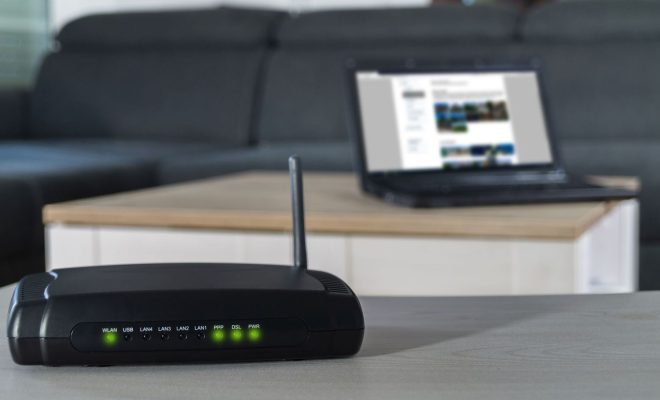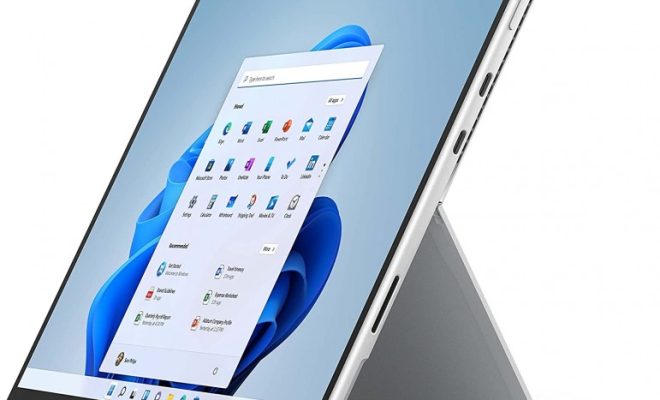What is Strong Authentication?

Strong authentication is a security protocol that requires the user to verify their identity by providing two or more forms of identification. This may include a password or PIN, a smart card, a fingerprint or iris scan, or a security token.
In contrast to weak authentication, which is typically a single factor like a password or PIN, strong authentication adds an additional layer of security by requiring more than one type of identification. This makes it much more difficult for hackers or other unauthorized parties to gain access to sensitive information or systems, even if they are able to uncover or guess the user’s password.
One common form of strong authentication is two-factor authentication (2FA), which requires the user to provide two forms of identification before being granted access. This might include a password or PIN, along with a security token that generates a unique code that is only valid for a short period of time. This ensures that even if someone else knows the user’s password, they will not be able to access their accounts or information without also having the security token.
Another form of strong authentication is multi-factor authentication (MFA), which requires the user to provide two or more forms of identification from different categories. For example, this might include something the user knows (like a password), something they have (like a smart card or security token), and something they are (like a fingerprint or iris scan).
Strong authentication is becoming increasingly important as more and more sensitive information is stored online and accessed remotely. With weak authentication, it is relatively easy for hackers or other malicious actors to gain access to sensitive data or systems, putting both individuals and organizations at risk. Strong authentication offers an effective way to add an additional layer of security, making it much more difficult for these threats to succeed.
If you are concerned about the security of your information or systems, it is important to consider implementing strong authentication protocols. This may include using 2FA or MFA for your online accounts, or implementing smart cards or other security tokens for your organization’s internal systems. By providing multiple forms of identification, you can help protect yourself and your business from unauthorized access and the risk of data breaches.






